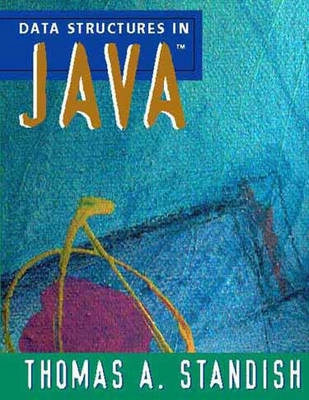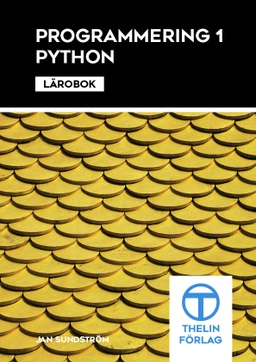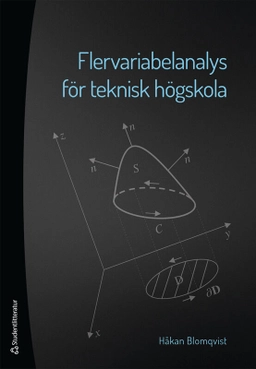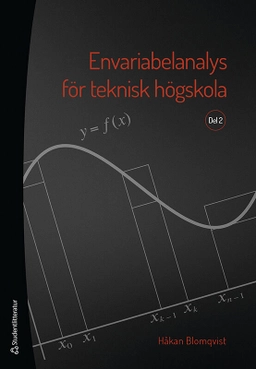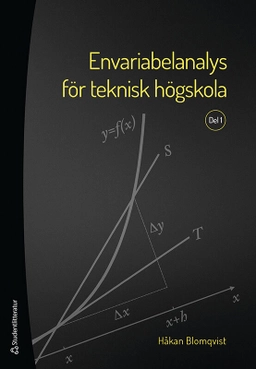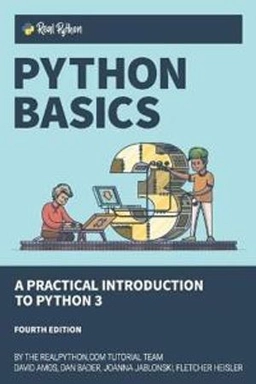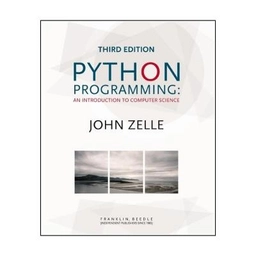Using Java™ 1.1, Professor Thomas A. Standish teaches the fundamentals of data structures and algorithms. With this exciting new language, Standish takes a fresh look at the subject matter. New challenges arise any time a new language is used, and the author meets these challenges. For example, although Java is a language without explicit pointers, this book offers pointer diagrams to help students visualize, reason about, and understand this major Data Structures topic. Standish's clear presentation helps readers tie the many concepts of data structures together with recurring themes. Central ideas - such as modularity, levels of abstraction, efficiency, and tradeoffs - serve as integrators in the book in order to tie the material together conceptually and to reveal its underlying unity and interrelationships.
Highlights Reviews the fundamentals of object-oriented programming and Java in Chapter 2 and Appendix A, allowing students with no prior knowledge of Java to get up and running quickly. Creates a Java applet with a simple GUI in Chapter 2. Covers recursion early and carefully in Chapter 4 to help students grasp this challenging concept. Includes an introduction to modularity and data abstraction concepts in Chapter 5, and coverage of key software engineering concepts and skills in Appendix C. Contains common pitfall sections at the end of each chapter to help students recognize and avoid potential dangers. ** Instructor's materials are available from your sales rep. If you do not know your local sales representative, please call 1-800-552-2499 for assistance, or use the Addison Wesley Longman rep-locator at http://hepg.awl.com/rep-locator.
020130564XB04062001
Åtkomstkoder och digitalt tilläggsmaterial garanteras inte med begagnade böcker
